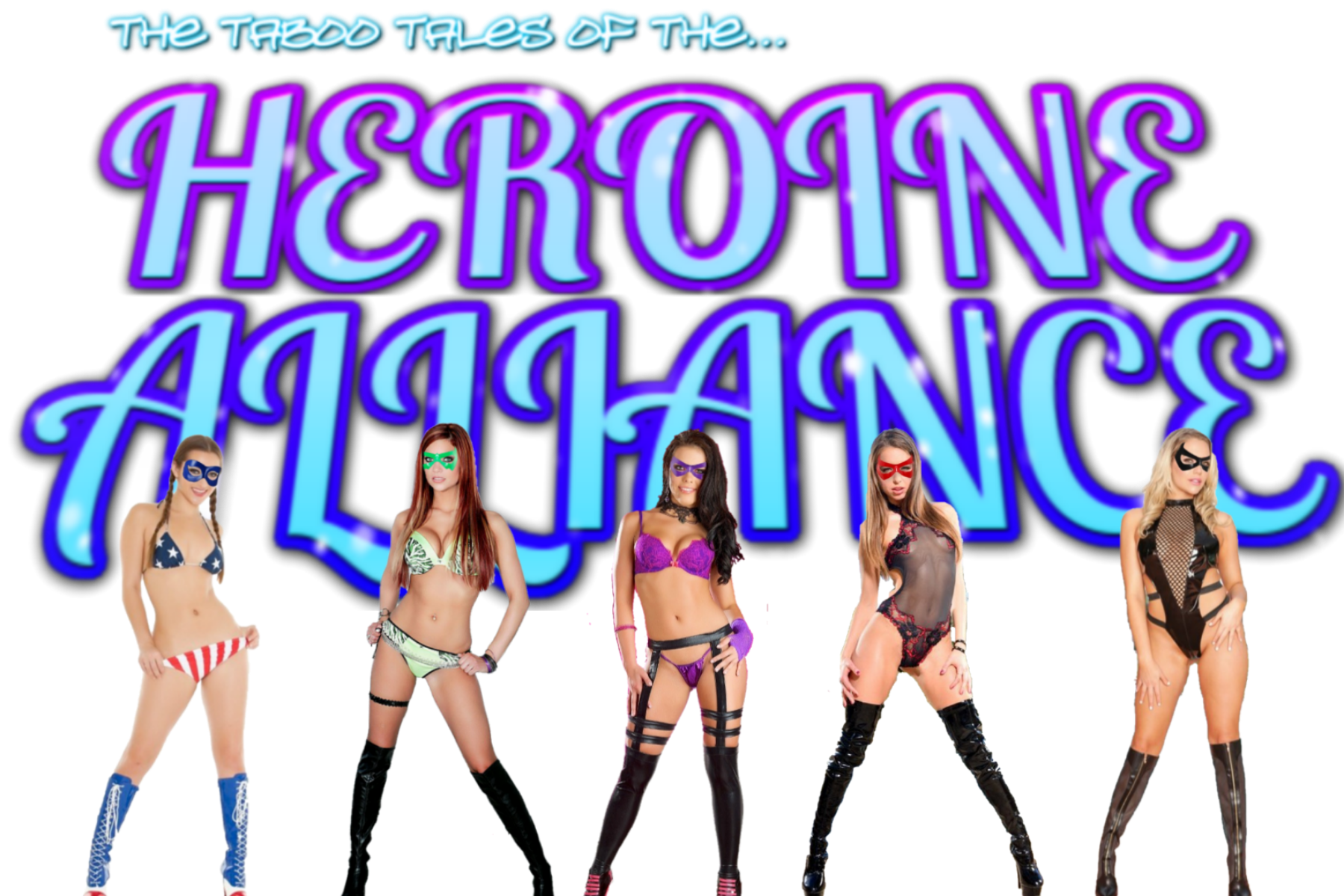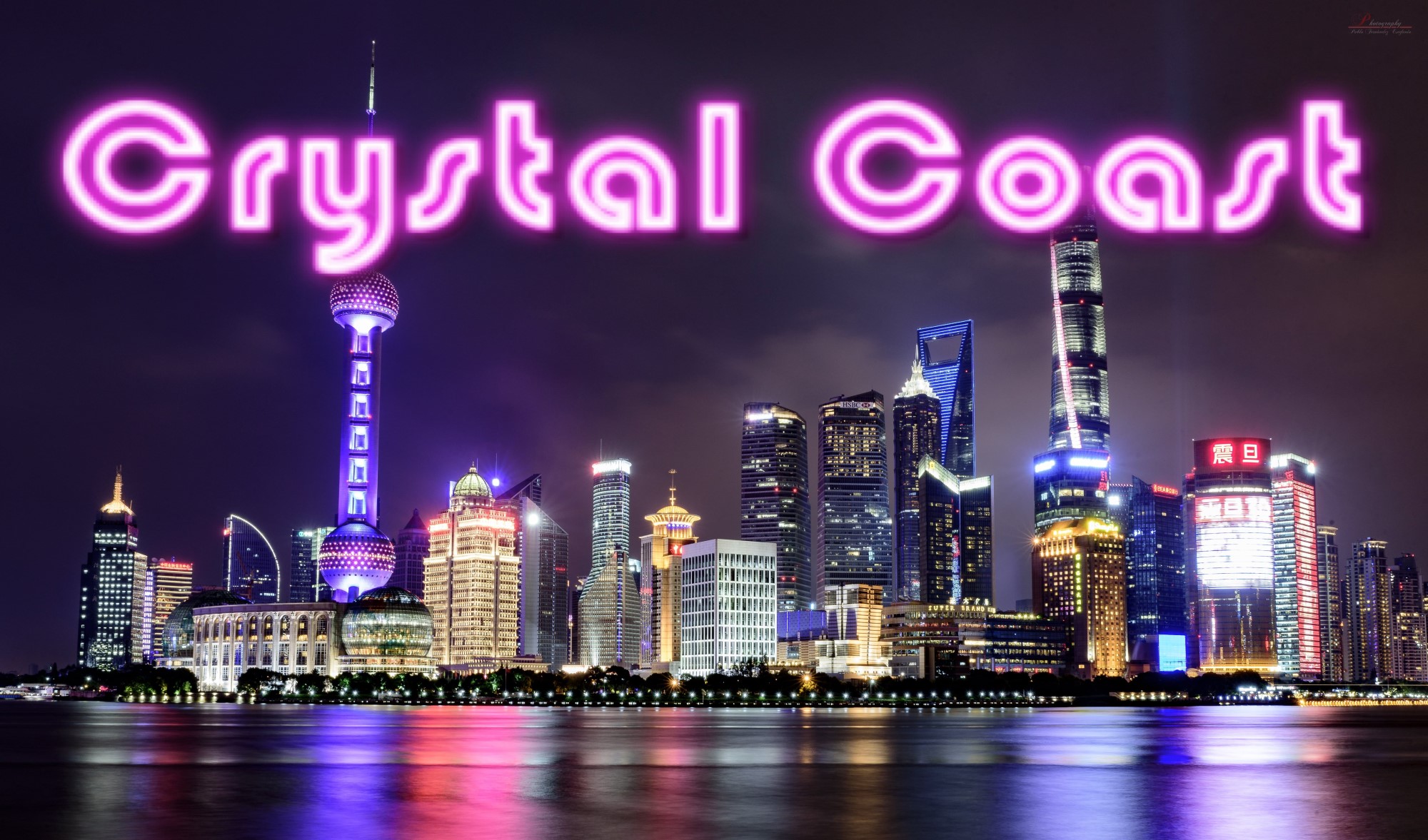Zoe Michaels
Star
- Joined
- Jan 21, 2018


The city of Crystal Coast is a major metropolitan area found on the western part of the Florida Panhandle. It is the largest metropolis on the Gulf Coast of the United States, and third most populous in the United States. It is an economic hub, serving as the financial and business capital of the Gulf Coast. It is the second tallest skyline in the United States with over 125 buildings exceeding 500 ft. Crystal Coast is a major center and leader in finance, commerce, culture, arts, industry, tourism, and international trade. The metro area is the largest urban economy in Florida and third largest in the United States. In 2019, Crystal Coast ranked third in the United States and ranked twenty eighth in population.
The Apalachee Indian tribe occupied the present-day location of Crystal City until the Spanish drove them from the location in the late 1500s. A Spanish settlement was established in the location, named Isabella Coast, after the Spanish Queen Isabella. Years later, when the United States purchased Florida, the city was renamed by its first mayor, Joseph Hamilton, after his daughter Crystal. It was around this time, the first members of the Cage family settled into the area and started to develop the local fishing industry and harbor location. The Cage family would work out a deal with the United States government, allowing them to use both their ships and their harbor, during the relocation of Florida Indian tribes known as the Trail of Tears. The Cage family would use the money to establish agricultural plantations, specifically cotton, along with railroads which helped boaster the shipping industry. During this time, Crystal Coast became the Capital of the South. It was around this time, Crystal Coast’s oldest newspaper, The Crystal Coast Communicator, was founded.
During the lead up to the Civil War, more industry would appear as the south prepared for war. The railroad would explode as new tracks was build in preparation and many war ships would begin to fill the coast. When war did finally break out, Crystal Coast was the site of multiple major navy battles as the Confederacy tried to break the Northern blockade. The city would not see a major land battle however until Sherman marched his army into the city before proceeding on to Atlanta. Supposedly, the city was not burned due to the Cage family bribing Federal soldiers. After the war, Crystal Coast continued to expand its’ industry as the Cage family partnered with the Vanderbilt’s to further expand the country’s railroads.
In the 1890s, Oceania Oil Company would be the first to develop offshore drilling. John D. Rockefeller would partner with Oceania Oil Company, building a massive Standard Oil Refinery Plant just outside of Crystal Coast, and using the newly founded Gulf Coast Railroad. Cage Corporations would begin to ship Standard Oil products internationally. Rockefeller would later sell his southern refinery division to Oceania Oil Company, who become the largest oil company in the world at the time.
In the early part of the 1910s, The Cage family would loan money to Charles Hart to establish a movie film studio in Crystal Coast to compete with southern California’s newest booming industry. Caged Hart Studios would find early success with production of movies based off World War I and other historic films.
After World War I ended, many mobsters would begin to establish a home in Crystal Coast. Multiple speakeasies would start to appear along with the first brothel. Alcohol and other drugs would start to be dealt through these locations until a major crack down was led by the city’s police commissioner, Sebastian Darke. A war would break out between the CCPD and local gangster which lead to the Independence Day Massacre, where multiple gangsters would enter into the CCPD headquarters and bust out the head of the Santino crime family while murdering over fifteen police officers. In retaliation, Commissioner Darke would systematically hunt down and eliminate the entire Santino family over the next few years.
Caged Hart Studios would branch out into music in the 1950s, giving birth to the entertainment era in Crystal Coast. They would sign and produce many early artists which help give birth to rock and roll. Using the popularity of their musical artists, Caged Hart Studios would begin to produce movies centered around music. It was during this time, the city put a major focus on professional sports teams. Oceania Oil, Cage Corporations and Caged Hart Studios would campaign with the city and help fund sport expansion teams throughout the 1950s, Crystal Coast Sharks (football), Crystal Coast Pirates (basketball) and Crystal Coast Hurricanes (baseball). Within the first twenty years of each teams’ founding, they would deliver a championship in all three major sports. NASCAR would take advantage of the booming market, partnering with the city to build Gulf Coast Super Speedway twenty miles west of the metro area.
In the 1970s, Crystal Coast became the gulf coast’s, and later the Atlantic Coast’s, premiere vacation spot as White Sands Beach and Gulf Beach started to build new resorts. Cage Corporation would also spend millions developing a luxury cruise liner fleet, named Jewel Cruise Lines. Crystal Coast would gain nicknames such as “Pearl of the Gulf” and “Jewel of the South.”
During the 1990s, crime started to rise again as organized crime started to form in the city for the first time since Prohibition. Many illegal aliens would find their way to the city, bringing many new drug cartels along with them. Former mob families returned to the city, and prostitution and drug dealers became very prominent in the northern parts of the city. Later, after prostitution gave way to brothels, sex trafficking became a rising crime way as many tourists would be kidnapped and never heard from again. This continued until a mobster’s niece was abducted and sold, sparking a massive mob war which has lasted for nearly five years. The war only ended with the return of the abducted niece. During this time, the city came to be known by a new nickname, “Capital of Crime.”










Last edited:

 Your support makes Blue Moon possible (Patreon)
Your support makes Blue Moon possible (Patreon)




























